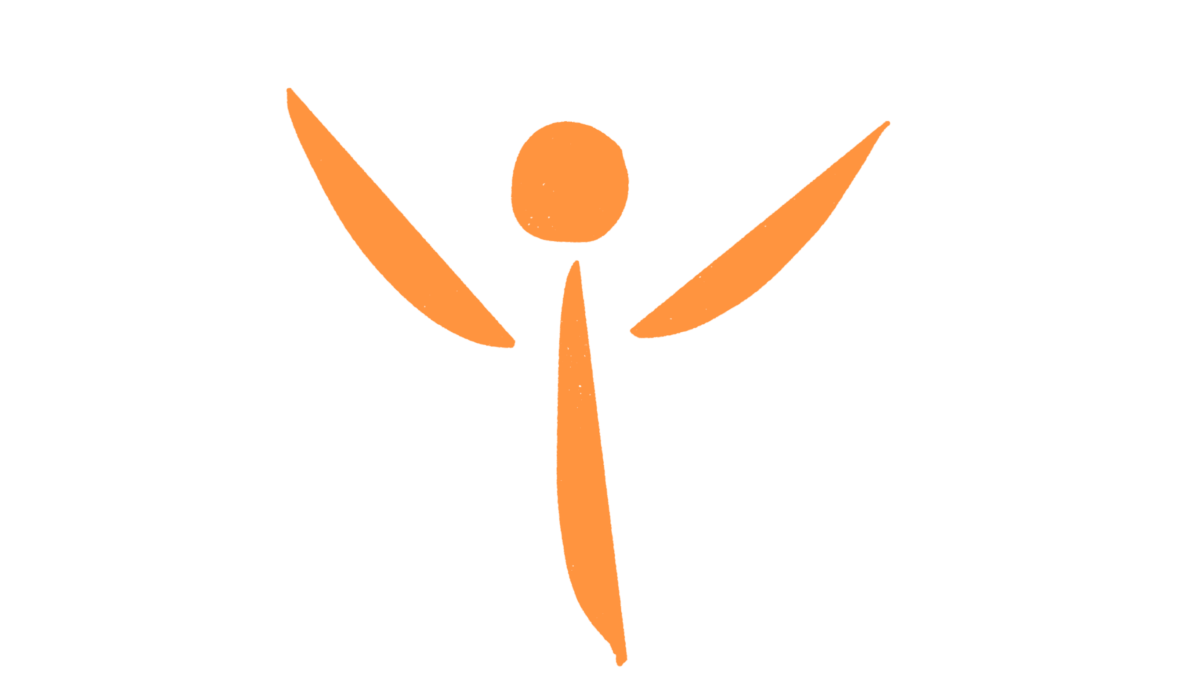
This is simple, just not easy; how do I begin to recognise the need for change? First thing is to start paying conscious attention to what is going on in my life. Don’t just let life happen to me. Begin to notice what is working well for me in life and what is not? What patterns of thinking and behaviour am I following? (Psychologists say for some of us, many of our thoughts are repetitive) How are they serving me? Or not?

What is the Impact I have on others? What is the impact they are having on me? It may help if you can keep a daily note or journal, it need not be elaborate, just enough for you to review after a month and be able to link back to that thinking or behaviour pattern.
Knowing you cannot change others, only yourself, then work with the journal and pick out the thing you want to really make a difference in.
For Example:-
– In meetings, rather than backing down and not thinking of an adequate response till ten minutes later when the ‘moment’ has gone. Create a way to give myself time to think of a response, that I can give more in the moment and then go ahead and give it.
– Change my constant pattern of thinking that a lot of other people are just, dare I say it, stupid!
Lets use these two examples (Respond in the Moment) RIM and (People are stupid) PAS
I read somewhere that there are three reasons to change:-
1 Too painful to stay as we are
2 Boredom
3 Realising we can
For my two examples I’ll cite reason 1 for the RIM change, I’m fed up being downtrodden in meetings and reason 2 for the PAS change, in other words I’m bored thinking of people like that and I wonder what it would be like if I changed and thought of them differently.
Using the observer, we can now begin to recognise each time the RIM or PAS pattern arises.
This is important because in order to effect the change, we need to pause and ‘catch’ the pattern before it has run through to its conclusion in order to do something different.
Think about what you may want to address and change, perhaps as suggested, start a simple journal to highlight what that might be.
Think about how you will be different when the ‘cue’ in reality arises.
What you will do differently?
Remember it is only you who changes you 🙂
